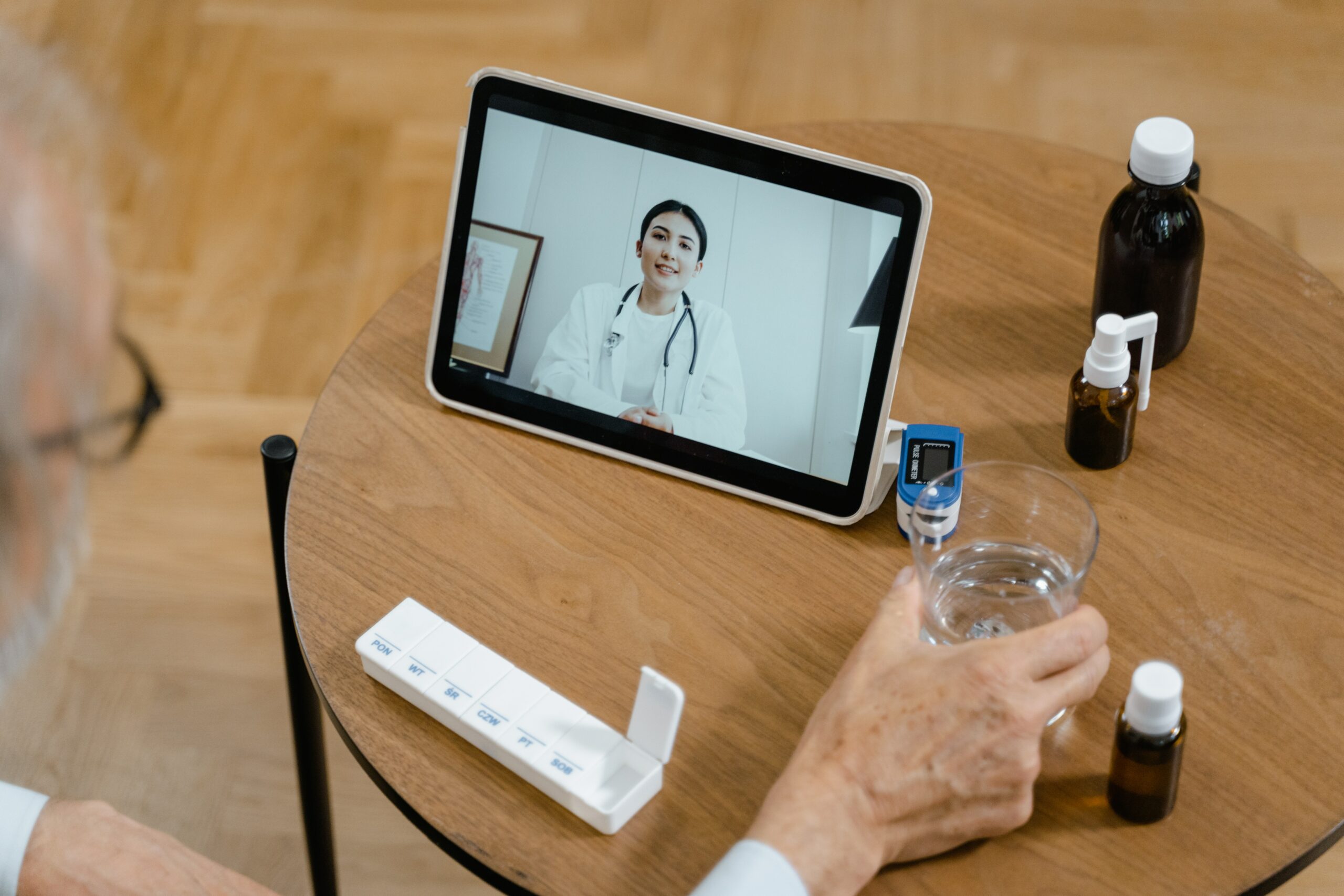
Using Medical Technology To Make a Difference in Patient Health Outcomes
Medical professionals are often highly significant individuals whose careers greatly influence their patients’ quality of life.Their combination of education, experience, and skills also makes these workers invaluable contributors to public health. This is the case whether they are doctors, nursing staff, or administrative professionals.
Yet, professionals’ efficacy is often dependent on being provided with the resources they need. At the moment, we’re seeing some significant advances in medical technology that support the knowledge and skills of healthcare staff. This can be as simple as efficient medical record-sharing platforms to more complex automated systems. How these tools are used can influence patients’ physical, mental, and emotional experiences.
Virtual Reality Training
Professional knowledge and skills are key to boosting the potential for positive patient outcomes. When professionals receive a practical and thorough education in their fields of expertise, patients tend to receive the care and effective treatment they need. One of the most important emerging tools for training medical staff is virtual reality (VR).
VR is playing an important role by simulating medical scenarios in a safe, repeatable, and relatively affordable manner. Students and professionals don’t need to practice new skills directly on patients in the first instance. Rather, they can be introduced to difficult situations and the tools needed to apply techniques and knowledge without putting anyone’s health at risk. This allows trainees to build confidence before transferring to real-life experiences. Not to mention that the software can be programmed to offer varied challenging scenarios to broaden the learner’s knowledge.
It’s also worth considering how these learning experiences can be more effective with an agile technological approach. Extended reality (XR) courses combine VR with augmented reality (AR) and mixed reality (MR) techniques. This enables medical professionals to not just practice in virtual realms, but also bolster their learning by interacting with physical objects and in clinical environments. This means that the medical technology they use is enhanced by tangible real-world experiences.
Remote Guidance and Telehealth
The use of remote medical technology has increased in recent years. It’s important for healthcare providers to continue exploring ways remote tech and teaching methods can have a positive influence on care.
For instance, medical professionals can use telehealth and remote devices to improve patient education. This can include providing patients with access to smartphone applications they can use to monitor their wellness. There is a growing range of wearable tech that enables patients to gather, analyze, and share data on their specific conditions, too. These tools, combined with telehealth appointments with physicians, can help patients feel empowered to manage their well-being and be active participants in their care. This more engaged approach may positively impact a patient’s overall experience.
In addition, remote training courses can be important for medical staff themselves . While live seminars are important, there are also medical e-Learning platforms that enable professionals to update their knowledge from wherever they are. This often involves a combination of video lectures or demonstrations and text readings, followed by online examinations. This can mean there is less need for professionals to travel for their training, resulting in potentially less disruption for patients. Not to mention that care standards will benefit from the most up-to-date information.
Artificial Intelligence Platforms
Artificial intelligence (AI) is swiftly becoming a familiar feature in many people’s lives. This includes the growing number of AI medical platforms. When professionals understand what role AI can play in various aspects of patient diagnosis, treatment, and recovery, it can be a powerful tool for better care outcomes.
At its core, AI in medicine involves software using machine learning to analyze patient data to provide insights to medical professionals. While this is certainly present in treatment research fields, AI is perhaps most prevalent at the moment as a tool for accurate and efficient diagnoses. When these platforms have access to high-quality data from a diverse range of patients, they can analyze the vital signs of individuals to alert doctors about risk factors that suggest specific conditions.
This may be particularly powerful when applied to difficult-to-diagnose conditions. For instance, traumatic brain injuries (TBIs) often go undiagnosed because symptoms aren’t immediately obvious. Indeed, the signs — such as headaches and fatigue — can be nuanced, subtle, and even challenging to spot on current imaging technology. AI diagnosis tools may be able to analyze data on vital signs, imaging results, and wider industry data to detect the potential subtle indicators of a TBI diagnosis. The sooner diagnosis can occur, the more positive the patient’s outcome is likely to be.
Conclusion
There is an increasing number of medical technologies that can make a difference in patients’ health outcomes. This includes VR tools that support safe and effective medical training and remote telehealth tech for distanced health education for both professionals and patients. AI is also continuing its emergence in diagnostic tasks.
That said, it’s important to note that this just touches the surface of the tech that can boost patient outcomes. Professionals should take the time to explore just how rich the tech health landscape is, including 3D printing for prosthetics and clustered regularly interspaced short palindromic repeats (CRISPR) for gene editing.
Clinicians should talk to patients about the possibilities and wherever possible get involved with clinical trials. There are so many exciting opportunities to improve care. By learning about these tools now or even influencing their applications in clinical settings, professionals continue playing a vital role in boosting patients’ quality of life.
Katie Brenneman is a passionate writer specializing in lifestyle, mental health, activism-related content. When she isn’t writing, you can find her with her nose buried in a book or hiking with her dog, Charlie. To connect with Katie, you can follow her on Twitter.
Disclaimer: The viewpoint expressed in this article is the opinion of the author and is not necessarily the viewpoint of the owners or employees at Healthcare Staffing Innovations, LLC.
